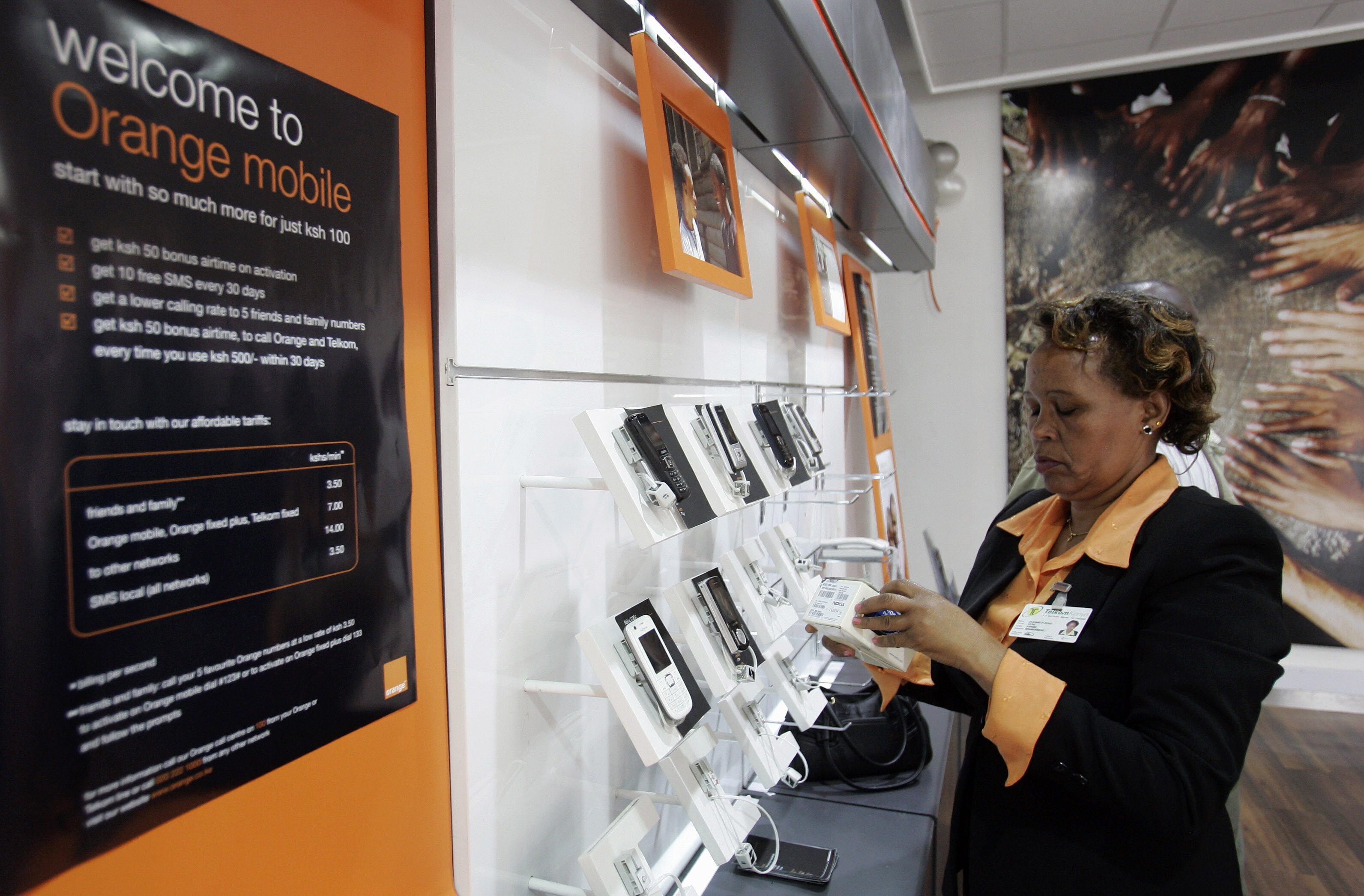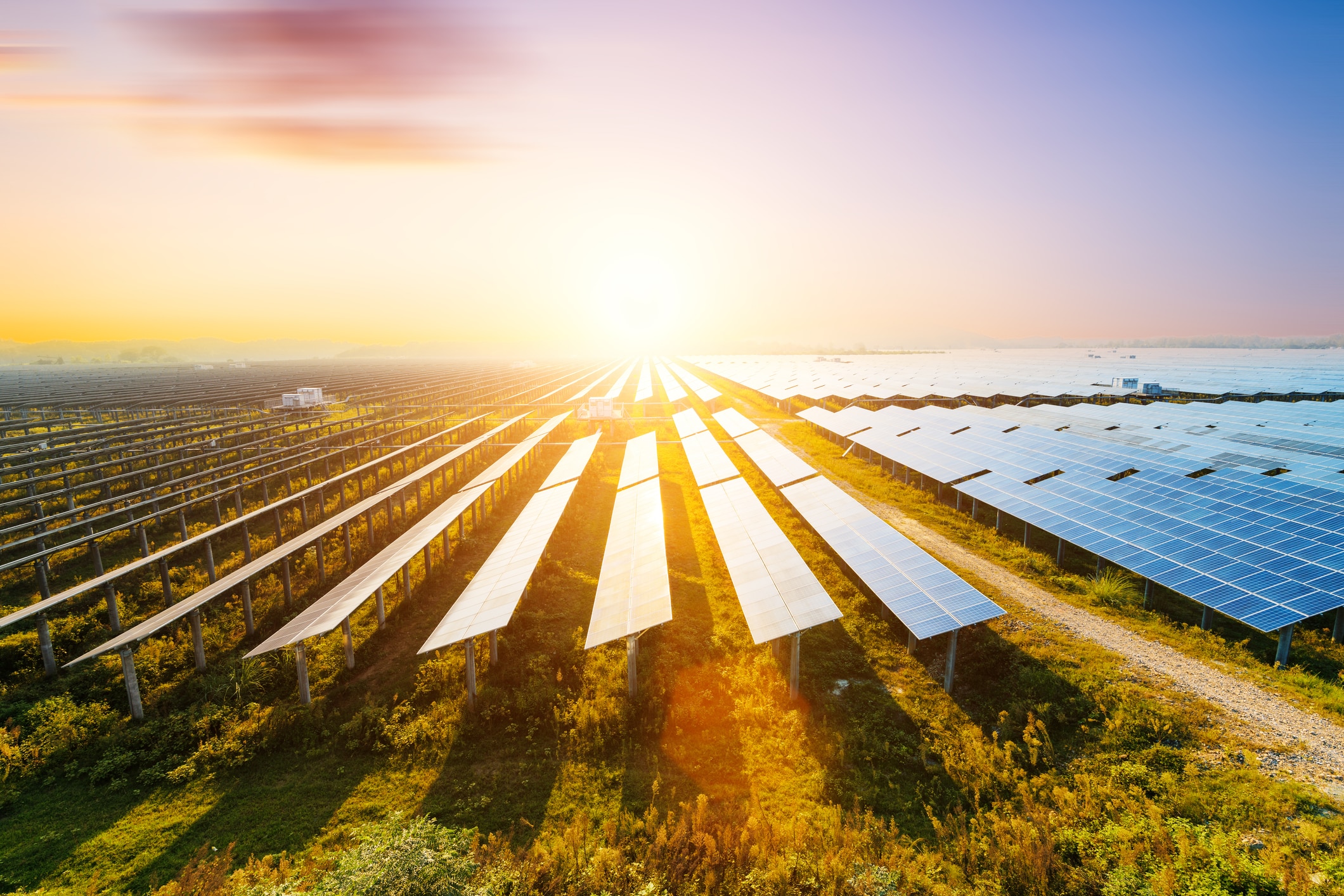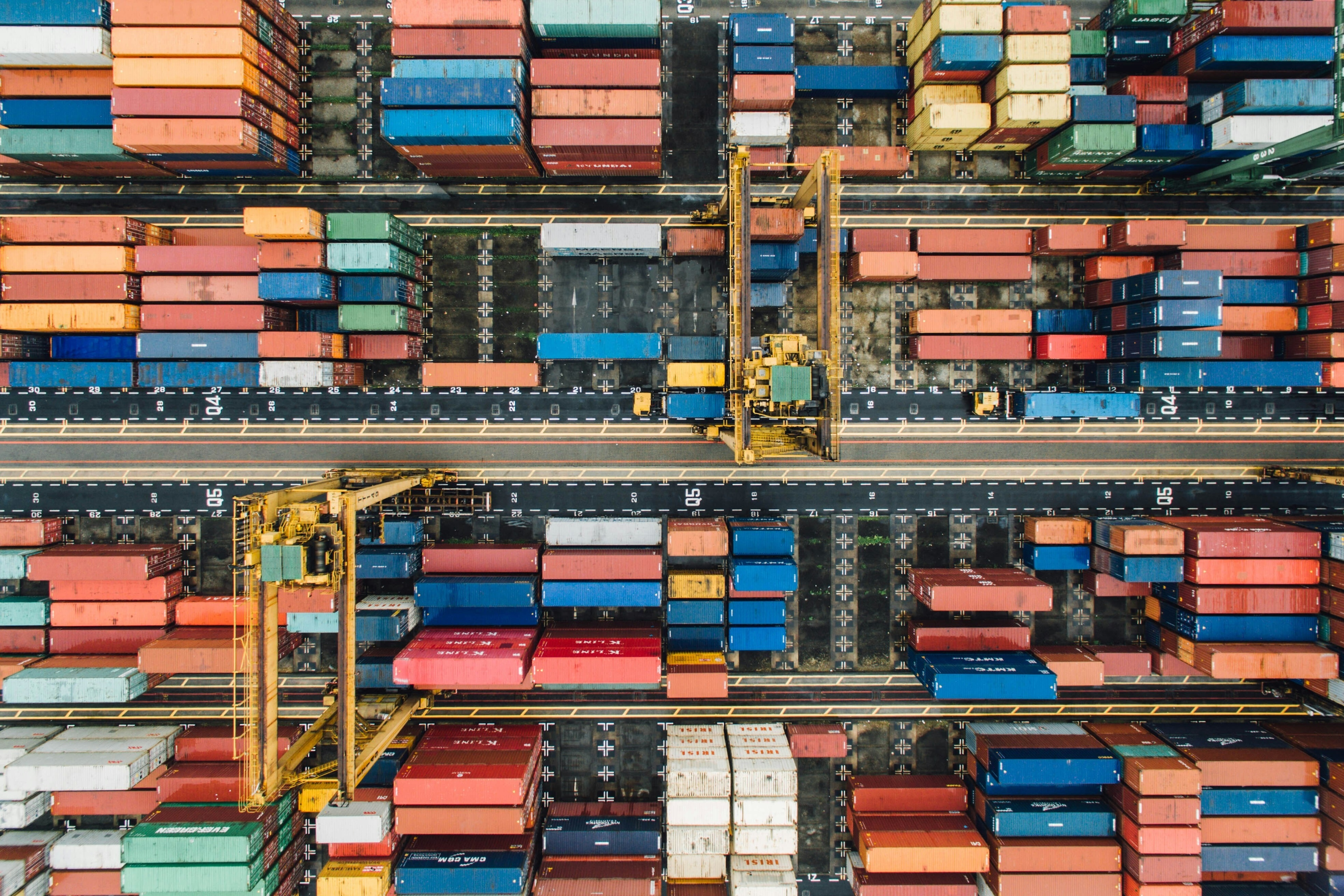As Trump ditches the TPP, what's next for the world’s biggest trade deal?

Can the Trans-Pacific Partnership thrive without its American partner? We look at the options
Image: REUTERS/Ivan Alvarado
Cristián Rodriguez Chiffelle
Partner and Director; Trade, Investment, and Geopolitics, Boston Consulting Group (BCG)Stay up to date:
United States
It was set to be the biggest regional trade deal in history. But now, hopes of ratifying the controversial Trans-Pacific Partnership (TPP) are dashed. On 21 November, President-Elect Donald Trump declared he would make good on his promise to pull the United States out of the agreement when he takes office in January 2017.
So what next for the TPP, the signature trade initiative advanced by President Barack Obama and painstakingly pieced together in formal negotiations over the past seven years? We ask former Chilean TPP negotiator Cristián Rodríguez Chiffelle, now Lead for Trade and Investment Policy at the World Economic Forum.
The TPP is broken. Is that bad?
Well it’s not great. The deal would have launched a new epoch for world trade, at least on a regional basis. Covering everything from environmental protections to intellectual property, milk and sugar, it would have slashed trade barriers between some of America and Asia’s fastest-growing economies, and turned a huge section of the world – as much as 40% of the global economy – into a single market.
But for US presidential hopefuls, and in particular for Donald Trump, the deal was "a potential disaster” and billed as a threat to American jobs. Many of the 12 Trans-Pacific partners are yet to ratify the deal secured in October last year, but following Trump’s announcement it looks unlikely they’ll go ahead.
What exactly is the TPP?
Hailed by the Obama administration as “the agreement that will define the future rules of the road for the Asia-Pacific region,” and the “gold standard” for the global trade system, the TPP is a pact between 12 countries to further regional integration, advance 21st-century standards and boost trade; effectively to function as a single market. These are the signatory countries and how much they trade with one another:

Why is the deal so controversial?
It’s not just the TPP that’s unpopular: there’s Brexit, the current scrutiny of NAFTA and other stalled negotiations, such as the Transatlantic Trade and Investment Partnership (TTIP) between the US and Europe. These have long been viewed with suspicion by unions, workers’ groups and environmental advocates – all of whom believe international trade empties their job markets and damages the environment, while filling the pockets of large global corporations. And no one – whether politicians, negotiators or free traders – has managed to explain to the broader public why these groups may be wrong.
Even members of Obama’s own party are against the deal. Hillary Clinton wrote in her book Hard Choices that it would give businesses “the power to sue foreign governments to weaken their environmental and public health rules.” Bernie Sanders said the TPP allows multinationals to “rig the system to pad their profits at our expense.” Even traditionally free-trade advocates among the Republican Party are unsupportive.
Who stands to win if it fails?
It depends on your perspective. The biggest benefactor could be TPP’s largest “outsider”, China. (The country is not a member of the agreement.)
Not only is this because the demise of TPP and failure of an Obama-Clinton “pivot to Asia” removes a major new trade initiative – complete with heavy geopolitical ramifications – from Beijing’s backyard; but also because China now has free reign to lead an alternative regional integration pact, as already signalled by President Xi Jinping at the APEC summit in Lima this month, when he referred to the Free Trade Area of the Asia Pacific (FTAAP) negotiations. This could be the next big trade game in town. Expect news from this side.
China and the 10 member countries of the ASEAN economic bloc are also leading efforts to secure a Regional Comprehensive Economic Partnership (RCEP) that includes Japan, India, South Korea, Australia and New Zealand. Unlike the TPP, the Regional Comprehensive partnership will likely see the light of day next year. The deal is expected to include lower standards than the TPP, but this may now be a case of not letting the perfect be the enemy of good.
Can the TPP still go forward in some capacity?
It’s extremely unlikely Trump will let the United States stay entangled with the TPP in the short to medium term. And with the US out of the picture, other partners are sending conflicting messages on the deal’s feasibility.
The agreement “has no meaning” without the US, says Japanese Prime Minister Shinzo Abe.
“What it comes down to is … the Americans, I think, need to have time to weigh up the pros and cons," says Australia Trade Minister Steve Ciobo, in a more conciliatory statement.
Then there are the optimists, such as Chile Foreign Minister Heraldo Munoz, who offered: “Whether it be with the United States or without the United States, there’s a willingness among the countries that make up the TPP to move forward."
As for me? It now seems a remote possibility following the unravelling of Trump’s policy plans for his first 100 days in office.
RIP TPP: who are the losers?
Countries without a pre-existing trade deal with the US – such as Vietnam and New Zealand – lose access to the world’s major market. But businesses and service providers in the US (not to mention the rest of the TPP area) will also miss out. Just think of all the economies of scale and links to global value chains that could have been created.
Also, nations hoping that an international regulatory push will help boost market access and sharpen up domestic rules, such as Japan, will lose. (Although it remains to be seen if the Trump administration will start pursuing a separate trade agreement with Japan.)
Anything else we’ve missed?
Yes. Another thing the TPP had going for it was the way it aimed to make regulatory issues more coherent, raised standards with respect to the environment and labour. It offered a great opportunity to further align trade with inclusive growth agendas and the Sustainable Development Goals.
The deal created groundbreaking new regulation on other 21st-century issues, such as cross-border data flows and state-owned enterprises, which now remain deregulated at the international level.
And what about the World Trade Organization?
After the US leaves the TPP, it’s not clear what the impact will be on the multilateral trading system. There’s a suggestion that key advances now lost in the TPP could eventually be brought back to the WTO table, reigniting momentum in Geneva, where the negotiations take place. But others believe – and with good reason – that plurilateral and multilateral trade talks will slide into irrelevance. They think trade supporters should focus on maintaining the current rule book and fighting protectionism.
Finally, the TPP was America’s best chance of leading in the Pacific. Not only commercially but geopolitically.
It looks like the die is cast. Now, it remains to be seen how the Trump administration – along with other Pacific players, such as China and Russia – reformulate the equation in such a crucial region for commerce, and beyond.
Don't miss any update on this topic
Create a free account and access your personalized content collection with our latest publications and analyses.
License and Republishing
World Economic Forum articles may be republished in accordance with the Creative Commons Attribution-NonCommercial-NoDerivatives 4.0 International Public License, and in accordance with our Terms of Use.
The views expressed in this article are those of the author alone and not the World Economic Forum.
Forum Stories newsletter
Bringing you weekly curated insights and analysis on the global issues that matter.
More on Trade and InvestmentSee all
Anthony Cano Moncada
July 23, 2025
Lisa Satolli
July 17, 2025
Yusuf Maitama Tuggar
July 10, 2025
Bright Simons
July 7, 2025
Erik Crouch
July 1, 2025





